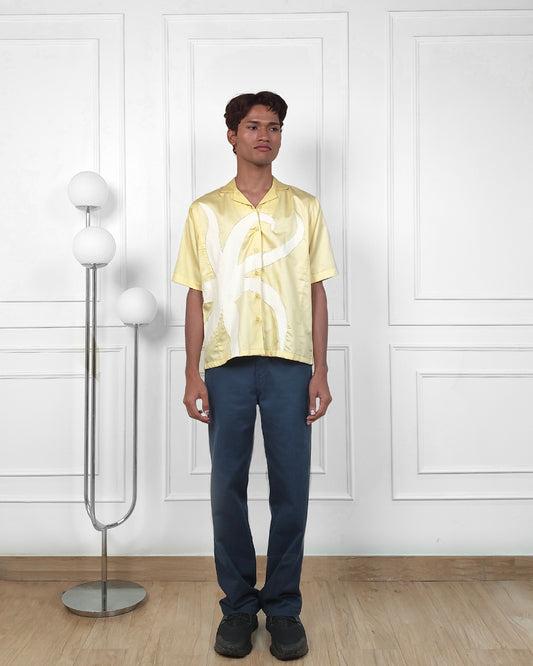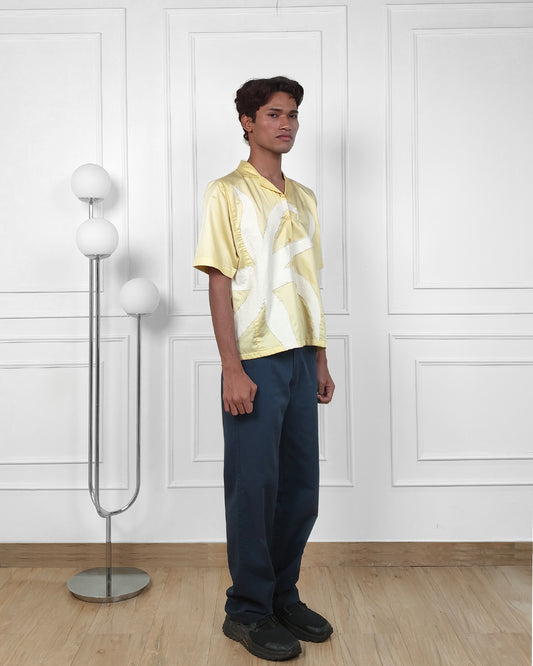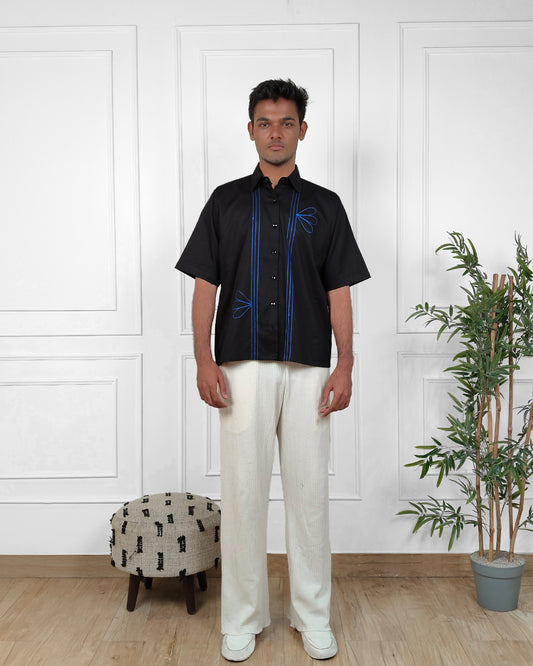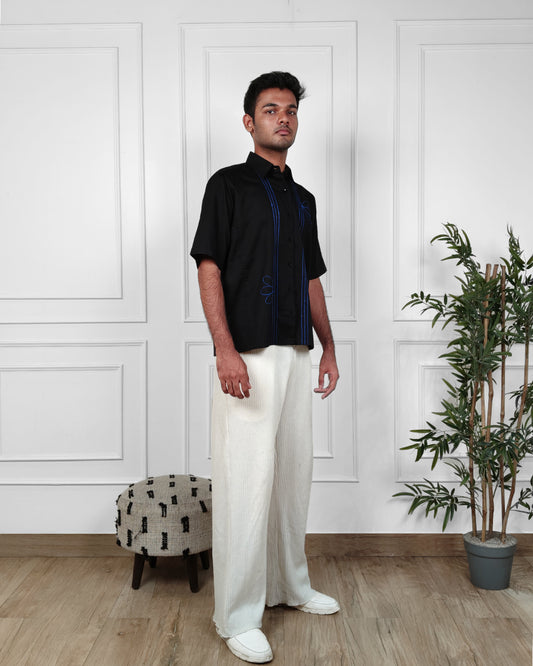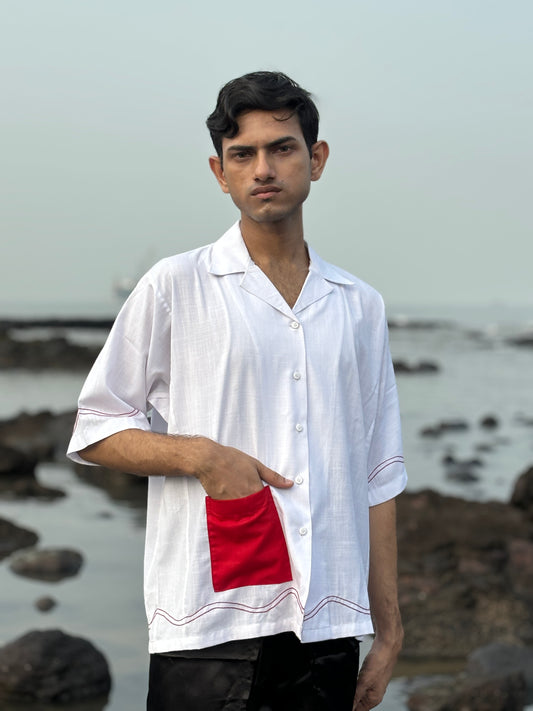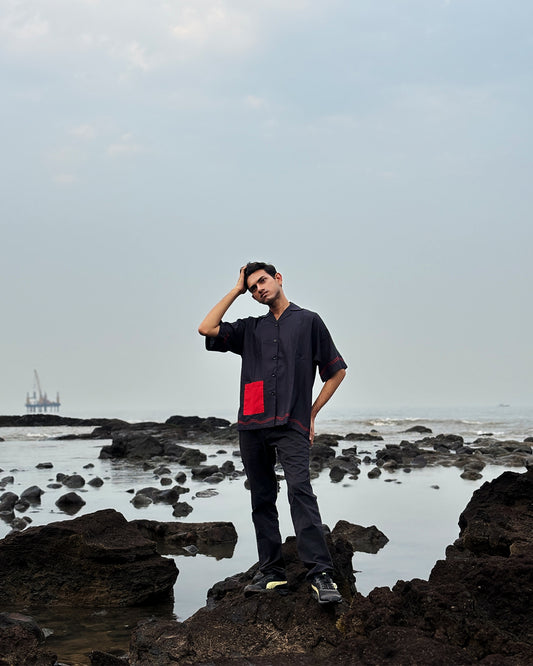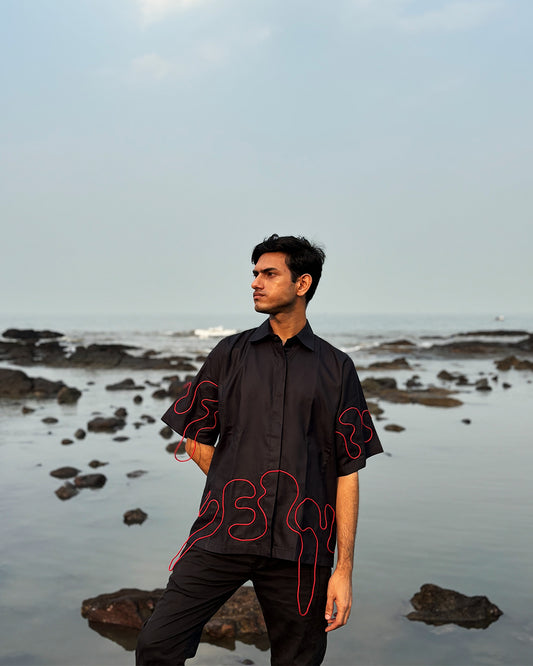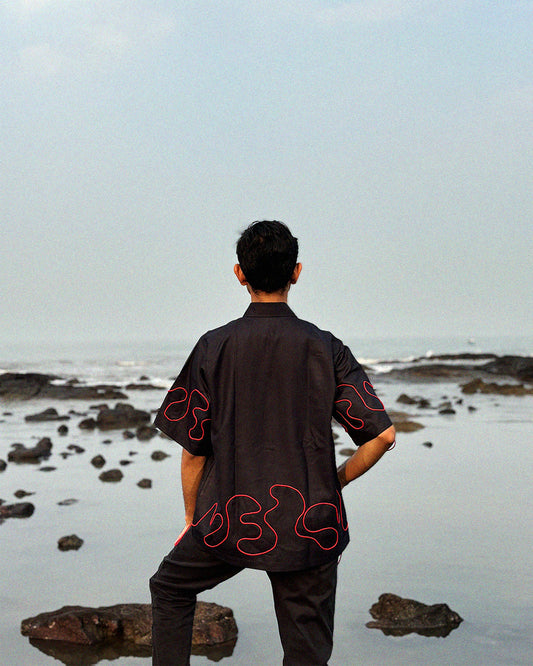
Sustainable Fashion Trends: What to Expect in 2024
Fashion is an ever-evolving language—an intimate conversation between self-expression, cultural shifts, and the rhythm of the times. In recent years, this language has begun to whisper something deeper, more intentional. The way we dress is no longer just about aesthetics; it’s about meaning, values, and a growing awareness of our place in the world. As new generations question what it means to consume consciously, the fashion industry finds itself at a crossroad, balancing creativity with responsibility.
The idea of sustainability has moved beyond buzzwords and into the fabric of how we live, wear, and express ourselves. It’s no longer a niche concern but a collective curiosity. What does the future of fashion look like when we ask not just how it looks—but how it lives? And what quiet revolutions are already unfolding behind the seams?
While no one can predict the future with certainty, one thing is clear: the choices we make today will shape the wardrobes of tomorrow. Whether you're an industry insider or just someone who cares about how your clothes come to be, this is a conversation worth watching—and wearing.
Let's dig right in!
1. Regenerative Fashion
Trend Insight: Regenerative fashion goes beyond sustainability—it's about giving back to nature by improving biodiversity and soil health.
Technique & Region: Uses regenerative agriculture for raw material cultivation (e.g., cotton from India and the US).
Who's Doing It: Pioneered by brands like Patagonia and Christy Dawn, but smaller labels are increasingly adopting it.
Sustainability Angle: Promotes carbon sequestration, soil restoration, and community-supported farming.
 Images - https://www.patagonia.com/regenerative-organic/
Images - https://www.patagonia.com/regenerative-organic/
2. Low-Waste and Zero-Waste Design
Trend Insight: Minimizing fabric scraps through clever design is gaining serious traction.
Technique & Region: Pattern design techniques from Japan (e.g., kimonos, origami), and modern zero-waste pattern cutting in Europe and India.
Who's Doing It: Daniel Silverstein (Zero Waste Daniel) and smaller ethical brands like ODITE are adding an exciting flair to sustainable menswear.
Sustainability Angle: Diverts waste from landfill and encourages thoughtful design.

Images - www.odite.in
3. Digital Fashion & Virtual Wardrobes
Trend Insight: The rise of virtual fashion minimizes physical production and waste.
Technique & Region: Fashion design in 3D using software like CLO3D, popular in Europe and North America.
Who's Doing It: The Fabricant, DressX, and now several independent creators.
Sustainability Angle: Reduces material consumption, water usage, and emissions from traditional production
 Images - https://www.dezeen.com/2021/11/03/the-fabricant-studio-digital-fashion-dezeen-15/
Images - https://www.dezeen.com/2021/11/03/the-fabricant-studio-digital-fashion-dezeen-15/
4. Plant-Based Textiles
Trend Insight: Fabric innovation is huge in 2024—mushroom leather, banana fibers, and seaweed textiles are trending.
Technique & Region:
Mycelium leather developed in labs in the US and Netherlands.
Banana fiber from India and the Philippines.
Who's Doing It: Bolt Threads (Mylo™), Green Banana Paper, and SeaCell™ innovators.
Sustainability Angle: These fabrics are biodegradable, low-impact, and often upcycled from waste.

Images - https://boltthreads.com/technology/microsilk/ and https://handwovenmagazine.com/going-bananas-for-banana-fiber/
5. Upcycled and Reworked Fashion
Trend Insight: Fashion made from existing garments and materials is both ethical and creatively bold.
Technique & Region: Patchwork, visible mending, and artistic reconstruction—especially in South Asia, the UK, and the US.
Who's Doing It: Marine Serre, Bode, local Indian and African artisans.
Sustainability Angle: Prevents textile waste, reduces demand for virgin materials.

Images - https://www.metmuseum.org/art/collection/search?q=Bode&sortBy=Relevance https://www.metmuseum.org/art/collection/search?q=Bode&sortBy=Relevancez https://www.japancrafts.co.uk/sashiko.html#/
6. Slow Fashion & Craft Revival
Trend Insight: A movement toward investing in fewer, high-quality, handmade garments.
Technique & Region: Reviving traditional handwoven, hand-dyed textiles from South Asia, Africa, and Latin America.
Who's Doing It: Designers working with cooperatives; your brand emphasizing zero-waste craft embroidery.
Sustainability Angle: Empowers artisans, preserves heritage, reduces overproduction.

Images - https://www.kasthurisreenivasanartgallery.com/textile-museum/
7. Carbon-Labeling and Transparent Supply Chains
Trend Insight: Shoppers want to know the footprint of their clothes—literally.
Technique & Region: AI-based traceability tools and QR-code transparency from brands in the EU, US, and South Korea.
Who's Doing It: Stella McCartney, Sheep Inc., and early-stage startups.
Sustainability Angle: Drives accountability and educates consumers on impact.
Conclusion
Brands that embrace innovation while remaining rooted in craftsmanship and ethics are leading the charge. As a brand, you're integrating hand-done, zero-waste embroidery techniques with fashion-forward silhouettes. Staying ahead of trends in sustainability ensures not just survival—but leadership.
References
- Fletcher, K. and Tham, M. (2019). Earth Logic: Fashion Action Research Plan. London: The J J Charitable Trust.
- Gwilt, A. (2020). A Practical Guide to Sustainable Fashion. 2nd ed. London: Bloomsbury.
- Black, S. (2012). The Sustainable Fashion Handbook. London: Thames & Hudson.
- Rothstein, L. (1998). Embroidery: A Global History. London: Thames & Hudson.
- Clark, H. (2008). The Chequered History of Sustainable Fashion. In: Fashion Theory, 12(4), pp. 427-446.
- Fletcher, K. (2008). Sustainable Fashion and Textiles: Design Journeys. London: Earthscan.
- Vogue Business. (2023). Virtual Fashion Gains Ground. [online] Available at: https://www.voguebusiness.com
- National Geographic. (2023). Regenerative Cotton Farming in India. [online] Available at: https://www.nationalgeographic.com
- Material Innovation Initiative. (2023). Mycelium Leather Developments. [online] Available at: https://www.materialinnovation.org
- MoMu Fashion Museum Antwerp. (2023). Zero Waste Design Exhibition. [online] Available at: https://www.momu.be
- Victoria and Albert Museum. (2023). Sustainable Fashion Gallery. [online] Available at: https://www.vam.ac.uk

